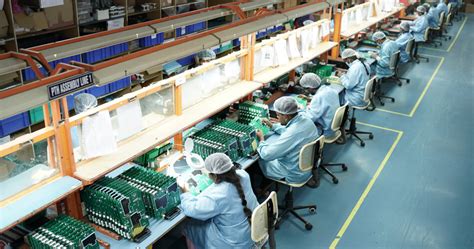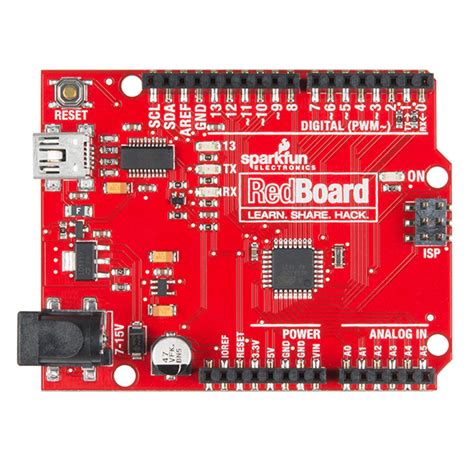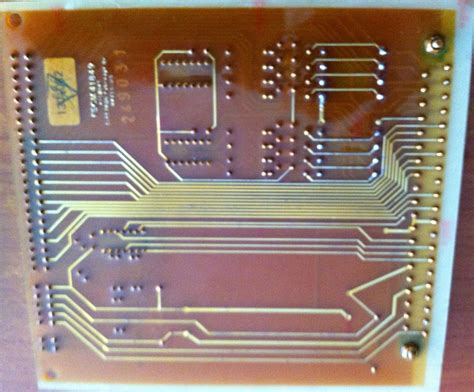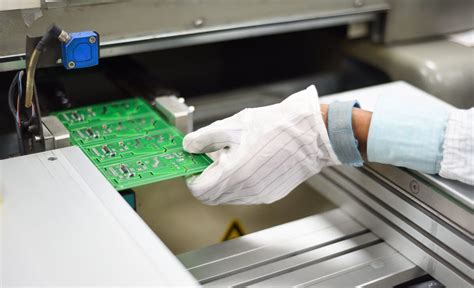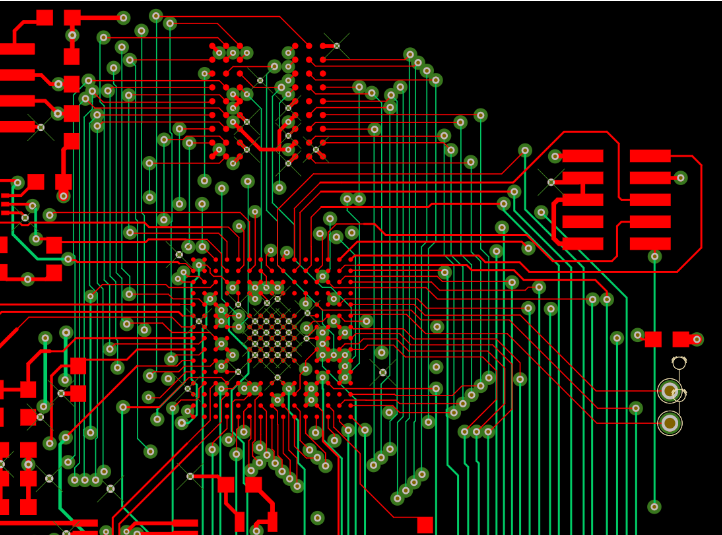Unlocking Innovation: The Essential Guide to Circuit Board Assembly
Key Takeaways
Understanding pcb assembly services is critical for anyone looking to develop electronic products. The pcba process involves several stages, including the design, prototyping, and production of the printed circuit boards. Each step plays a pivotal role in ensuring that the final product meets the required standards of functionality and reliability. One of the essential takeaways is that leveraging innovative techniques in circuit board assembly can significantly enhance efficiency and reduce costs. For instance, employing automated processes and advanced materials not only streamlines production but also ensures consistency across pcba batches. Quality control continues to be a cornerstone of circuit board assembly; implementing rigorous testing protocols helps identify issues early, thus minimizing returns and reworks. An important factor to consider is collaboration with experienced service providers who can offer tailored solutions addressing specific project needs. Ultimately, awareness of emerging trends and technologies in circuit board assembly services will equip engineers and designers with the knowledge needed to push boundaries in their projects while maintaining high standards of quality.
Introduction to Circuit Board Assembly Services
In today’s technologically advanced landscape, circuit board assembly (pcb assembly) services play a pivotal role in the production of electronic devices. The process involves the meticulous arrangement and soldering of electronic components onto a printed circuit board (PCB) to create functional electronic assemblies known as PCBA. Understanding the nuances of these services is crucial for engineers, manufacturers, and hobbyists alike, as it directly impacts the performance and reliability of various gadgets.
At its core, circuit board assembly encompasses several key stages: component placement, soldering, and inspection. Each element is critical to ensure that the final product meets industry standards. Employing innovative techniques such as automated pick-and-place systems enhances accuracy and efficiency in component placement. Furthermore, utilizing advanced soldering methods contributes to enduring connections between components.
To illustrate the importance of selecting appropriate assembly services, consider the following table:
| Service Type | Advantages | Considerations |
|---|---|---|
| Manual Assembly | High customization | Slower production time |
| Automated Assembly | Increased speed and precision | Higher initial investment |
| Hybrid Assembly | Balance between customization and speed | Requires skilled operators for oversight |
In summary, understanding how pcb assembly, especially through PCBA, integrates into product development is essential for optimizing performance while maintaining cost-effectiveness. Engaging with reputable circuit board assembly services ensures that projects not only meet deadlines but also adhere to quality standards that can significantly influence market success.
Key Components of Circuit Board Assembly
In the realm of pcb assembly, several key components play a vital role in the overall process. At the heart of this intricate assembly are printed circuit boards (PCBs), which serve as the foundation where all electrical components, such as resistors, capacitors, and integrated circuits, are mounted. The quality and reliability of these components directly impact the performance of the final product. Additionally, the soldering process is critical; it ensures that connections between various elements on the PCB are secure and efficient. Reliable techniques like surface mount technology (SMT) and through-hole technology are commonly employed in modern pcba processes to facilitate optimal integration between components and PCBs.
Moreover, precise placement and alignment of components during assembly are essential for preventing electrical errors or malfunctions in circuit performance. This requires advanced machinery equipped with vision systems that enable meticulous analysis to ensure each component is placed accurately. On top of that, testing and inspection procedures are indispensable parts of the assembly ecosystem; employing automated optical inspection (AOI) techniques can catch defects early on in production. The interdependence of these components underscores their significance in achieving high-quality circuit board assembly services, ultimately leading to innovations that power various technological advancements across industries.
Best Practices for Efficient Circuit Board Assembly
Efficient PCB assembly is crucial for the successful production of electronic devices, and adopting best practices can significantly enhance both speed and reliability. One of the primary considerations is to ensure a thorough understanding of the PCBA process. This includes meticulous planning and design optimization, which helps in identifying potential issues early on. Utilizing advanced technologies such as automated soldering and pick-and-place machines can also streamline the assembly process and reduce manual labor, which often leads to errors.
Furthermore, implementing a well-organized workspace promotes better efficiency; this includes having a clean area with all necessary tools easily accessible. Another important practice is to conduct regular training sessions for assembly personnel to keep them updated on the latest techniques and compliance standards within the industry. The integration of software solutions for inventory management also plays a key role, enabling seamless tracking of components and reducing delays caused by part shortages.
Finally, adopting a proactive approach to communication across all teams involved—design engineers, assembly technicians, and quality assurance—ensures alignment throughout the PCB assembly process and fosters an environment conducive to innovation. By adhering to these best practices in circuit board assembly services, organizations can improve their production quality while minimizing costs, ultimately leading to market competitiveness and increased customer satisfaction.

Innovative Techniques in Circuit Board Manufacturing
In the fast-evolving world of pcb assembly and pcba services, innovative techniques are essential for enhancing manufacturing efficiency and product reliability. One such technique is the integration of automated assembly processes, which not only minimizes human error but also significantly increases production speed. By applying robotics and advanced machinery, manufacturers can streamline the placement of components on circuit boards, leading to a more consistent output. Additionally, utilizing multi-layer board technology allows for more complex circuit designs within a compact footprint; this method is particularly useful in meeting the demands of modern electronics which often prioritize performance without sacrificing size.
Another noteworthy advancement is the adoption of surface mount technology (SMT), which has revolutionized how components are attached to circuit boards. SMT enables a higher density of components to be placed in smaller spaces compared to traditional through-hole methods. This adaptation has led to reductions in overall weight and volume for electronic products while improving electrical performance.
“To stay competitive, companies must continuously innovate their manufacturing techniques,” emphasizes industry expert Jane Doe. This continuous improvement mindset not only fosters creativity but also drives significant advancements in quality control measures such as real-time monitoring systems that ensure adherence to standards throughout the production cycle.
Furthermore, embracing environmentally friendly practices through the implementation of lead-free soldering techniques demonstrates a commitment to both innovation and sustainability. These practices reduce environmental impact while maintaining high-quality assembly standards necessary for reliability.
In summary, keeping abreast of these innovative techniques is vital for anyone involved in circuit board manufacturing, ensuring that they produce top-notch products that meet market demands efficiently and responsibly.

Quality Control Factors in Circuit Board Assembly
Quality control is a paramount consideration in pcb assembly processes, as it directly influences the performance and reliability of the final product. Several factors play a critical role in maintaining high quality throughout the pcba lifecycle. First and foremost is the selection of high-quality materials, which include not only the components themselves but also the solder and substrates used in the assembly. Ensuring that suppliers meet stringent standards helps reduce defects and enhances product durability. Another pivotal factor is adherence to industry best practices during assembly processes, such as automated optical inspection (AOI) and X-ray inspection. These techniques allow for early detection of faults at various stages of production, ensuring that any potential issues are addressed before they lead to product failure.
Moreover, staff training and experience significantly impact quality control measures. Personnel should be adequately trained in both manual assembly techniques and equipment operation to ensure they can perform their tasks efficiently and correctly. Regular workshops and updates on new technologies can bolster staff capabilities, thereby increasing overall quality.
Finally, implementing standardized operating procedures (SOPs) fosters consistency across assembly lines. These SOPs should outline every aspect of the pcb assembly process, from component placement to soldering techniques, ensuring that every team member follows best practices diligently. By integrating these quality control factors into pcba operations, companies can achieve enhanced efficiency and reliability while minimizing risks associated with electronic failures.
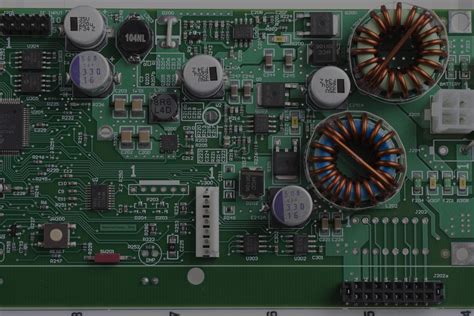
Challenges in Circuit Board Assembly and Solutions
The process of pcb assembly can often present various challenges that impact the efficiency and quality of the final product. One common issue is related to component placement accuracy. Errors in placement can result in malfunctioning boards, leading to increased costs and delays. To counter this, employing advanced pick-and-place machines equipped with vision systems can enhance placement precision significantly. Another prevalent challenge involves the soldering process. Poor solder joint quality may arise from improper temperature control or insufficient flux application. Implementing automated soldering techniques, such as reflow soldering, can mitigate these risks, ensuring reliable connections between components.
Additionally, organizations face pressures concerning design complexity and material compatibility as electronic devices become more intricate. This often necessitates a thorough understanding of various substrate materials used in pcba processes. Utilizing multi-layer boards with compatible materials not only improves functionality but also maximizes efficiency during assembly.
Furthermore, maintaining a consistent quality control protocol is essential to address defects that may occur during production. Instituting regular inspection phases throughout the assembly process, leveraging tests like automated optical inspection (AOI) and X-ray analysis, can identify issues early on and prevent expensive rework later.
In summary, while the challenges in circuit board assembly are significant, a strategic approach focused on integration of advanced technologies and robust quality assurance measures can substantially enhance outcomes for designs across a spectrum of applications in today’s rapidly evolving technological landscape.
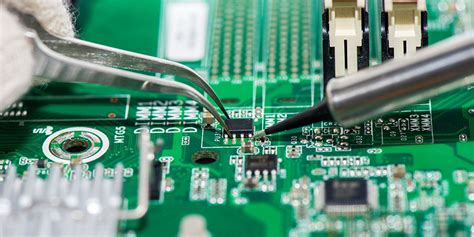
The Future of Circuit Board Assembly Services
As technology continues to advance, the future of circuit board assembly services (often referred to as pcb assembly or pcba) is poised for significant evolution. With the growing demand for more compact and efficient electronic devices, manufacturers are increasingly investing in advanced automation and robotics in the assembly process. The implementation of these cutting-edge technologies is set to enhance both speed and precision, ultimately leading to reduced production costs. Moreover, innovative techniques such as surface mount technology (SMT) and through-hole technology are being integrated with artificial intelligence to optimize layouts and improve overall yield rates. A pivotal focus on sustainability is also emerging; circuit board assembly services are shifting towards environmentally friendly materials and practices, aligning with global pushes for reduced waste and improved resource management. Furthermore, enhanced collaboration throughout the supply chain—from design engineers to manufacturing specialists—will foster innovation and efficiency in the production of circuit boards. As connectivity becomes ubiquitous across all sectors, businesses must embrace these changes in pcba processes to stay competitive while ensuring high-quality standards and adaptability to rapidly changing market demands. The future promises a more integrated approach that harmonizes technology with human expertise for superior circuit board assembly outcomes.
Conclusion
In summary, the realm of pcb assembly and pcba is a dynamic landscape that integrates various elements to foster innovation and efficiency. Throughout this guide, we’ve explored the key components and best practices essential for successful circuit board assembly services. Understanding the intricacies of these practices can significantly enhance the quality and performance of your projects. By implementing innovative techniques and focusing on robust quality control factors, organizations can overcome the challenges associated with circuit board assembly. As we look to the future, the evolution of technology will undoubtedly drive further advancements in pcb assembly, making it crucial for professionals to stay informed and adaptable. The drive towards efficiency does not merely reflect on improved productivity but also highlights the importance of creating reliable and effective circuit boards that meet the fast-paced demands of contemporary markets. Engaging with these practices positions businesses for success in an increasingly competitive environment.
FAQs
What are PCB assembly services?
PCB assembly services refer to the processes involved in the fabrication and assembly of printed circuit boards (PCBs). These services encompass various stages, including the placement of components, soldering, and final testing, ensuring that the pcba meets the required specifications.
What is the importance of quality control in PCB assembly?
Quality control is crucial in pcb assembly as it ensures that each board functions correctly and reliably. By implementing strict quality control measures, manufacturers can detect defects early and minimize costly errors, ultimately leading to enhanced product consistency and performance.
What challenges are commonly faced during PCB assembly?
Common challenges in pcba include issues related to component misalignment, soldering defects, and complexities with multilayer boards. Addressing these challenges often requires skilled personnel and advanced technology to maintain efficient workflows.
How can innovative techniques improve circuit board assembly?
Innovative techniques, such as automation and machine learning, streamline the pcb assembly process. These advancements increase precision in component placement while reducing production time and costs, leading to greater overall efficiency without compromising quality.
Why should I consider outsourcing PCB assembly services?
Outsourcing pcba services can provide access to specialized expertise and advanced equipment that may not be available in-house. This strategy allows businesses to focus on their core competencies while ensuring high-quality production standards are maintained.

